
Winter White Hamsters - Our Guide
What are Winter White Hamsters?
The dwarf winter white hamster, or phodophus sungorus in Latin, is originally from the grassy steppes of eastern Kazakhstan and southwestern Siberia. This hamster was first in 1768 discovered by German naturalist, Peter Pallis, who was exploring Siberia, the Urals and China.
Indeed, Pallis miscategorised the winter white hamster as a type of mouse. Often called the Russian dwarf hamster or the Siberian hamster, for obvious reasons, is perfectly adapted for this harsh arid and extreme environment.
How big are Winter White Hamsters?
They are small hamsters, with a body length of about 5-10cm with a tail about 1cm long is usually tucked into the fur, so you often don't see it. Winter whites normally live up to two years in captivity.
As such, pure bred winter white hamsters change coat colour with the seasons, being dark-furred during the summer and white-furred during the winter provided the caging is illuminated only with natural light.
What colour are Winter White Hamsters?
During the summer, they are dark grey-brown with a white-to-grey belly and there's a black stripe down the back, and a black stripe on each side separates the grey from the white. As the days grow shorter and winter approaches, their grey coat is shed and replaced by a white coat, but the black dorsal stripe remains.
Though, Winter white hamsters bear the dubious distinction of causing more allergic responses in humans than any other pet hamster species, they started to become popular in the late 1970s after the Syrian and Campbells had become family favourites.
Winter whites differ to other hamsters in how communal they are. These are the social hamsters, which live well in small groups or in family groupings. In fact, an all-male group will get along fine if put together while they are young.
How do Winter White Hamsters mate?
In the wild, each female shares separate burrows with at least two male winter whites and, in turn, those males share burrows with at least two females. Winter white pairs form monogamous bonds. Indeed, when the young are born, the male shares in caring for the young. Female winter whites can give birth to another litter just twenty-four days after the birth of the first and the young become sexually mature when only a month or so old.
Winter whites are most active at night and becomes very active when it is properly dark. Despite the fact that these hamsters come from very cold areas, they don’t actually hibernate. Instead, they slip into a sort of torpor for a few extra hours of sleep every day and their metabolic rate falls, but not enough for it to be considered hibernation. Instead, during winter, the winter whites must survive on hoarded food and whatever they can gather from the frozen landscape.

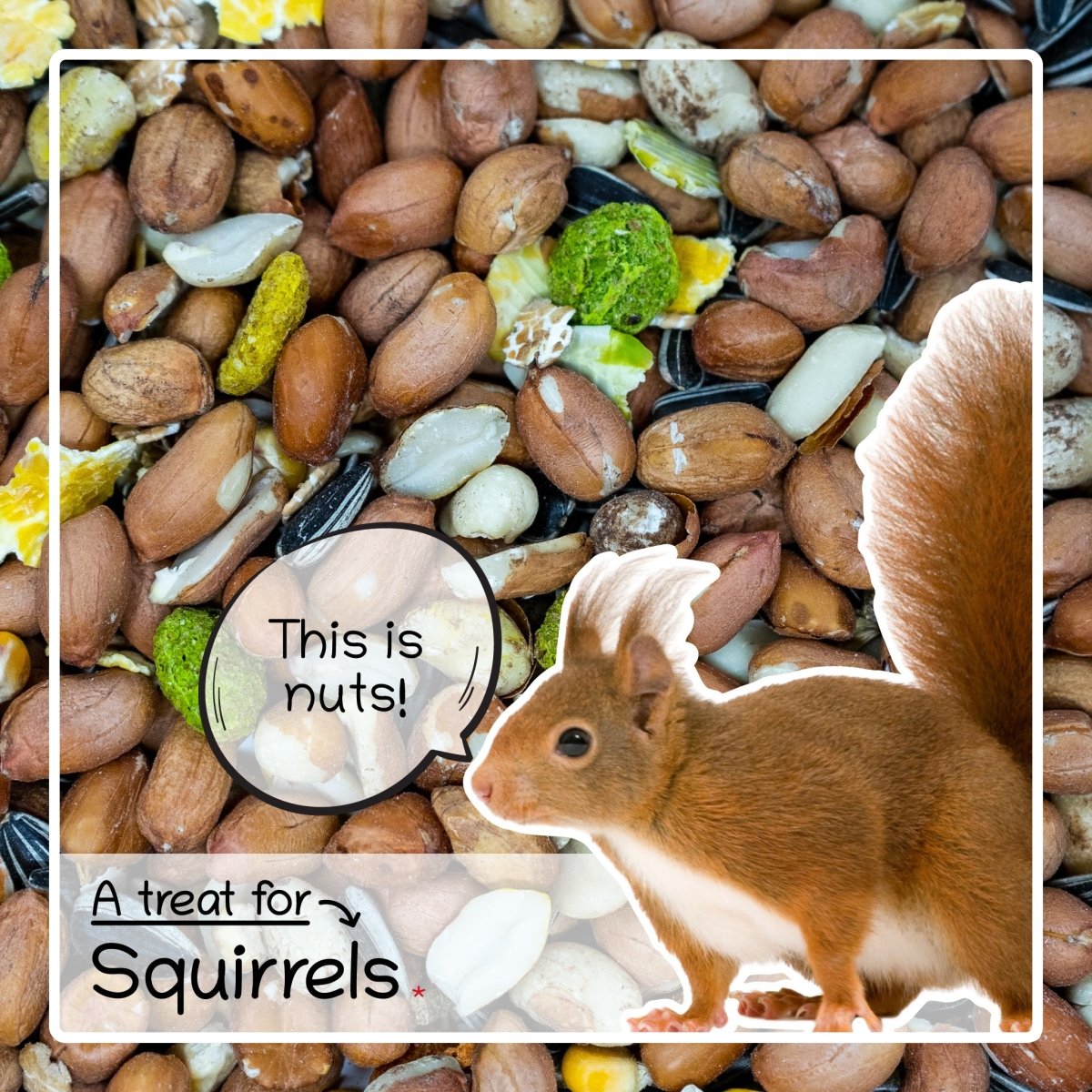
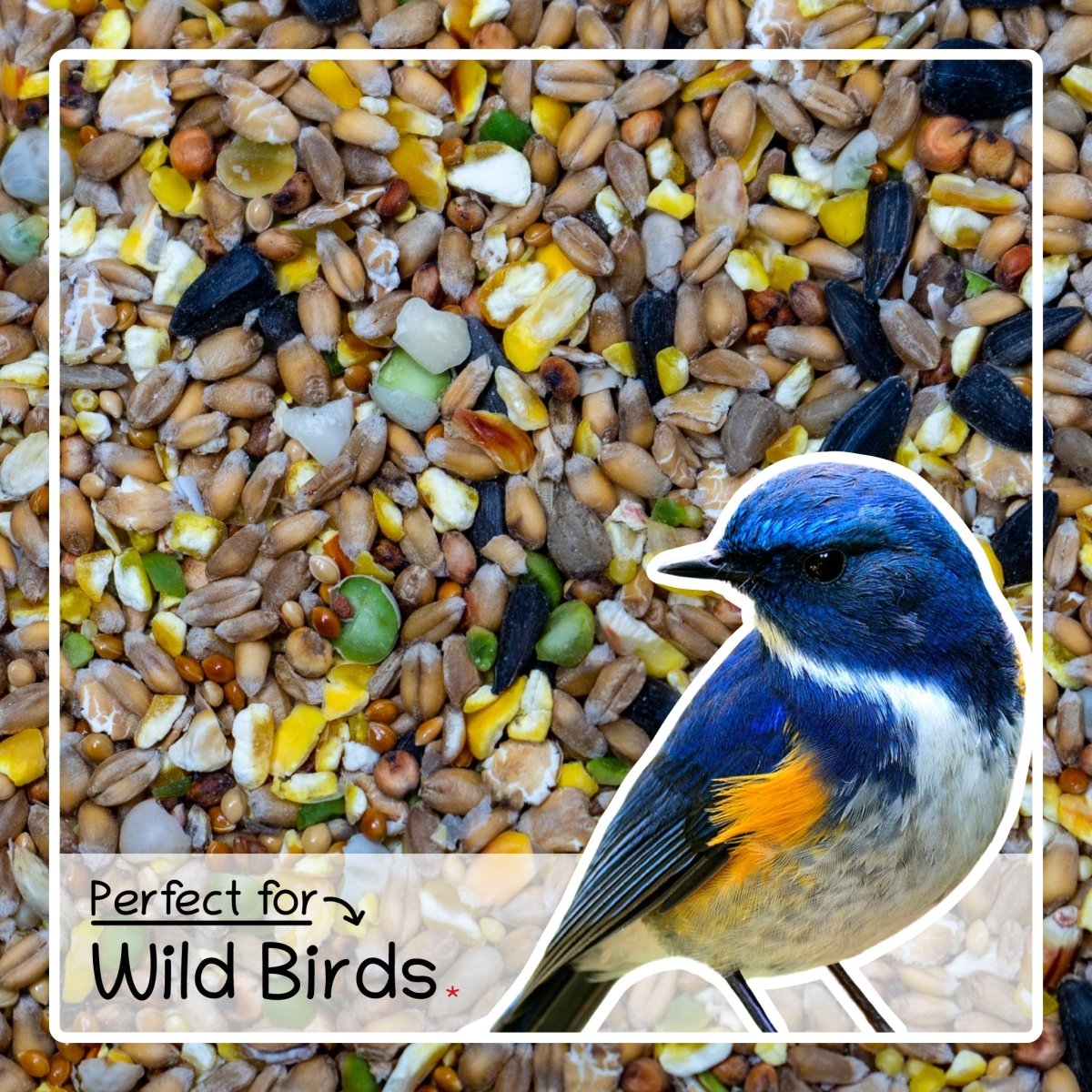
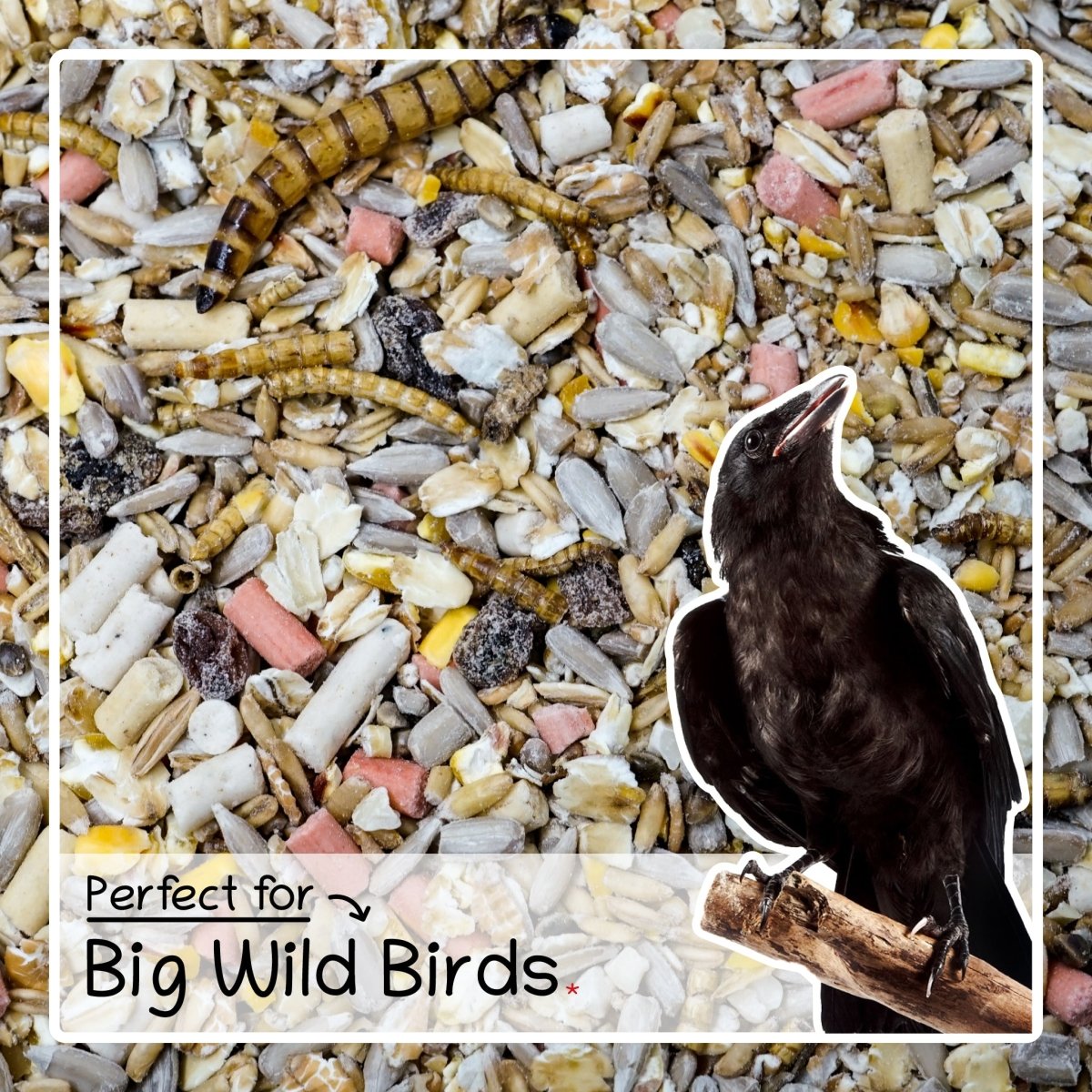
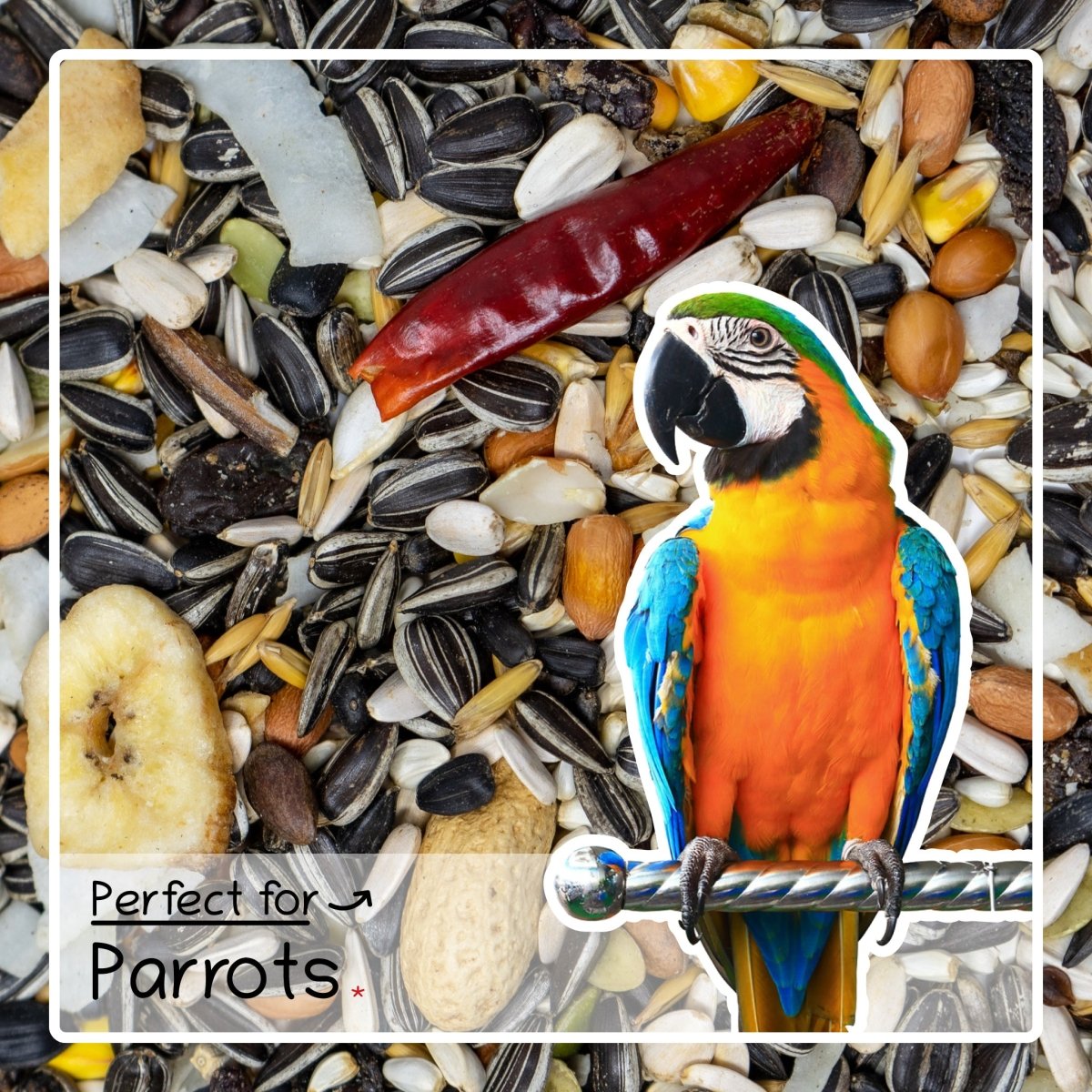
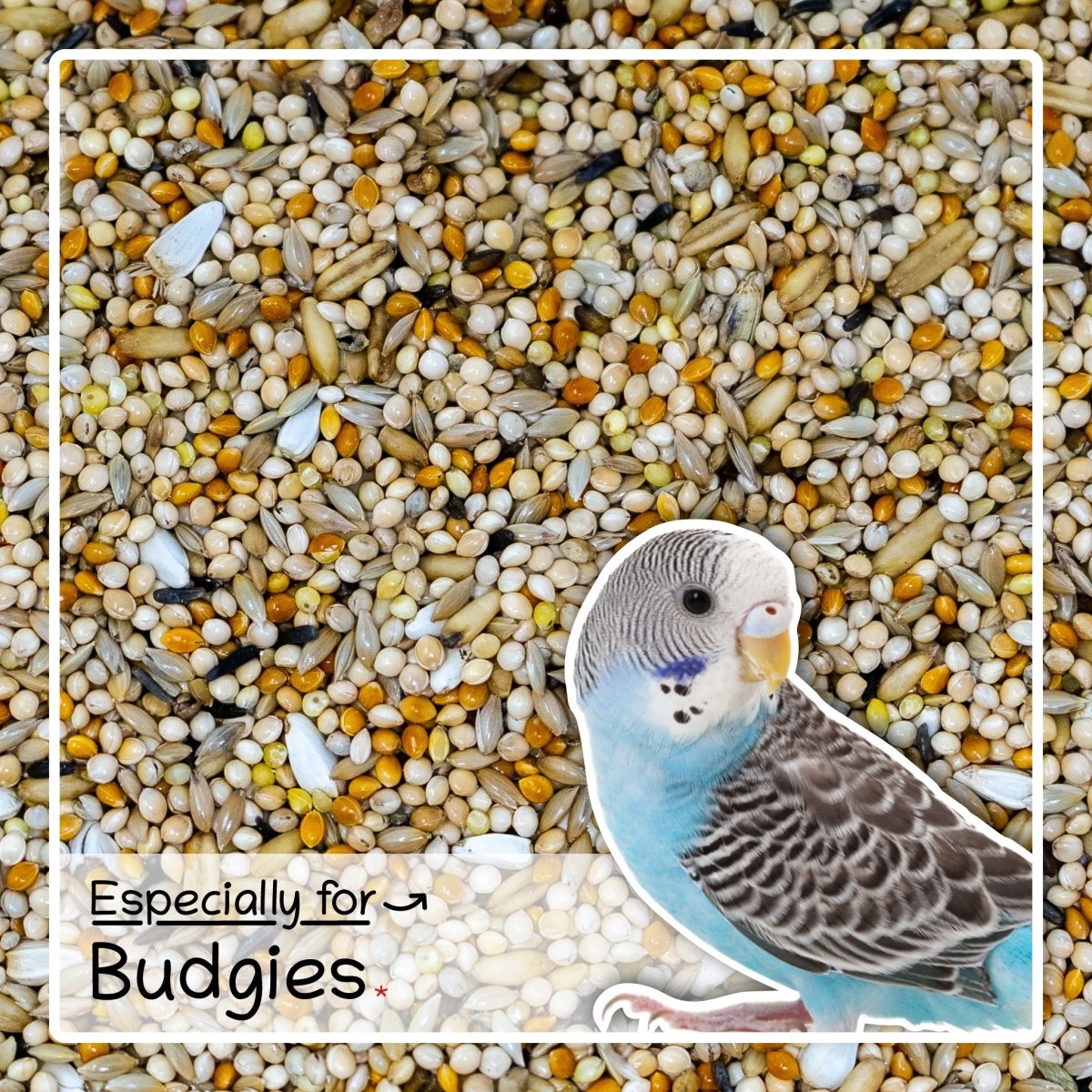
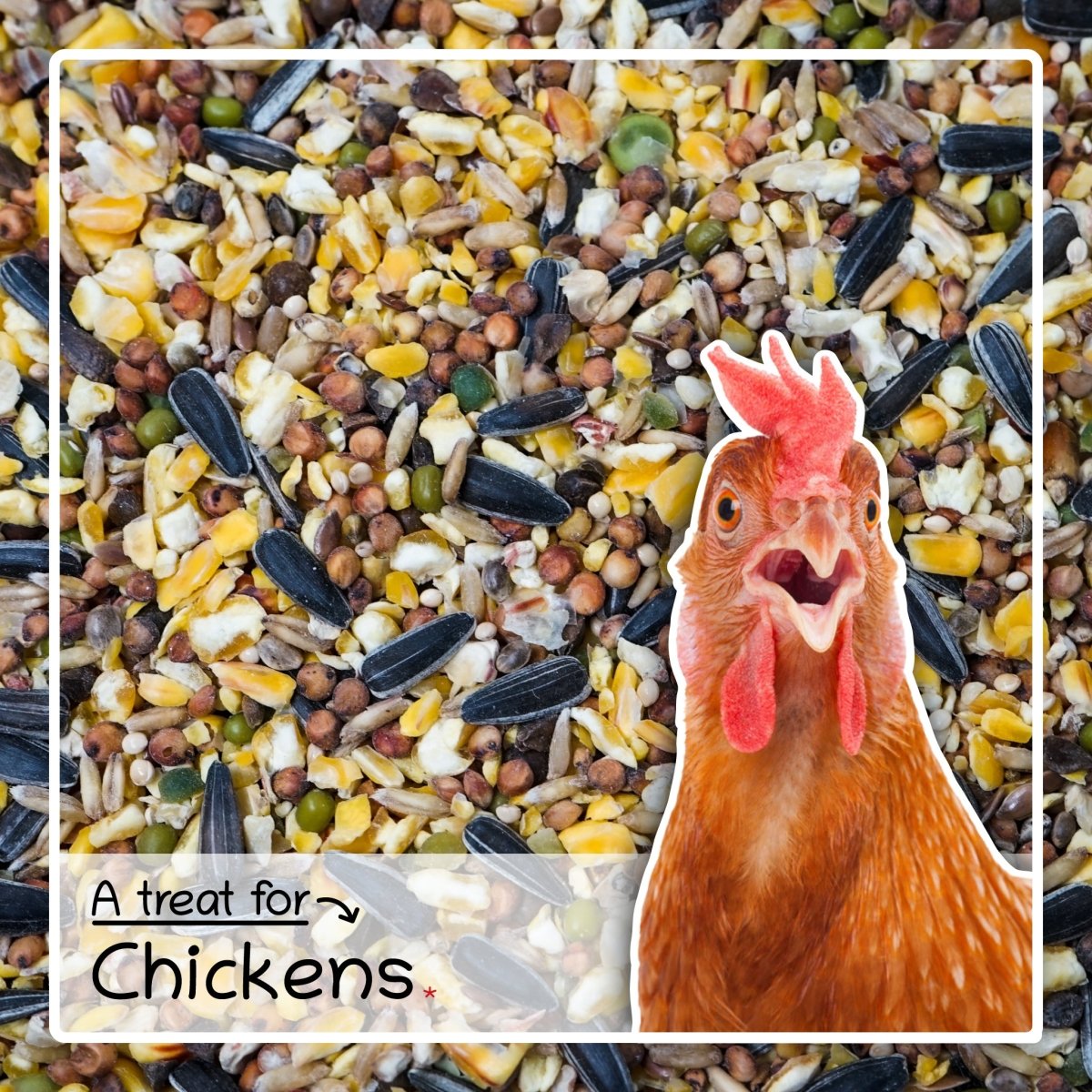
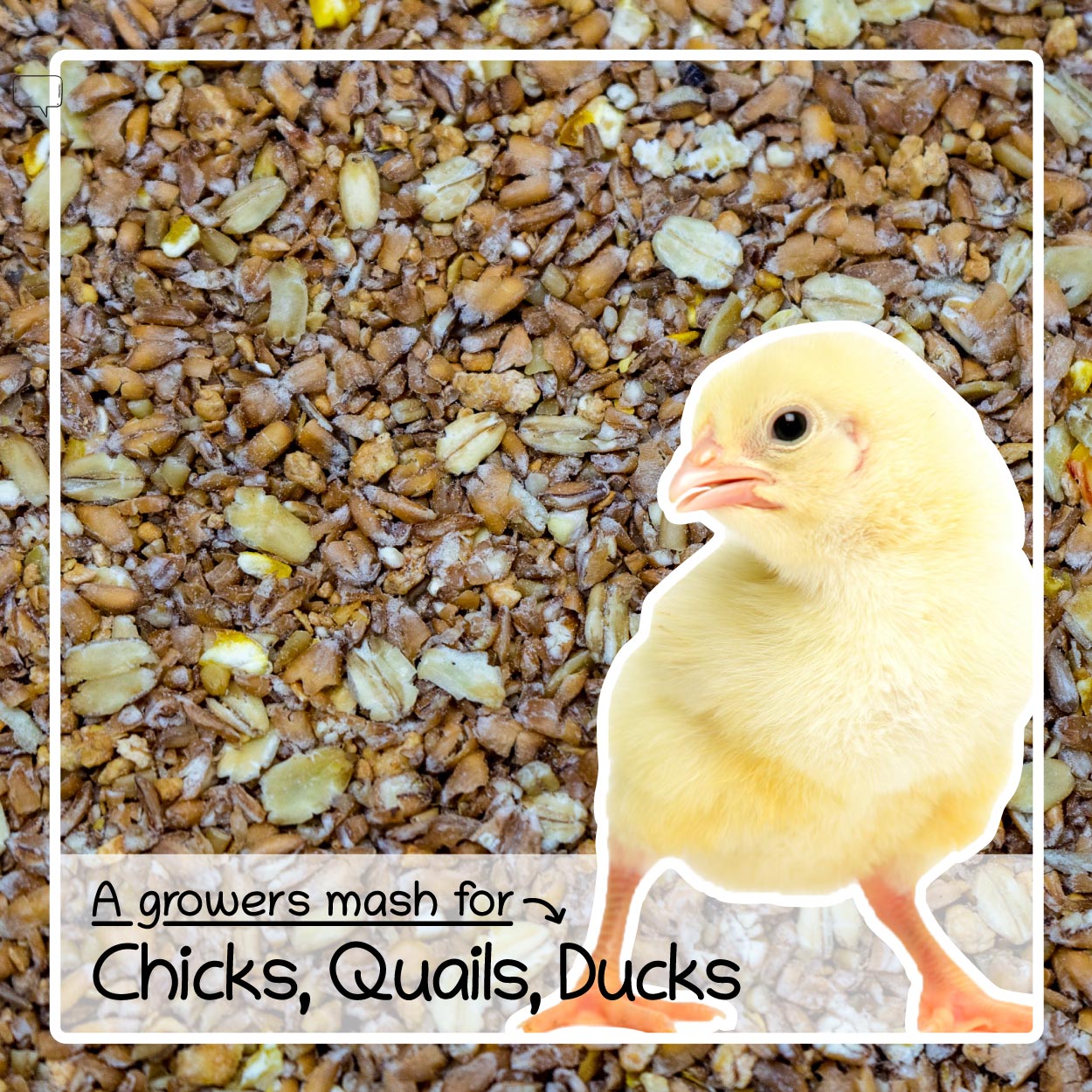
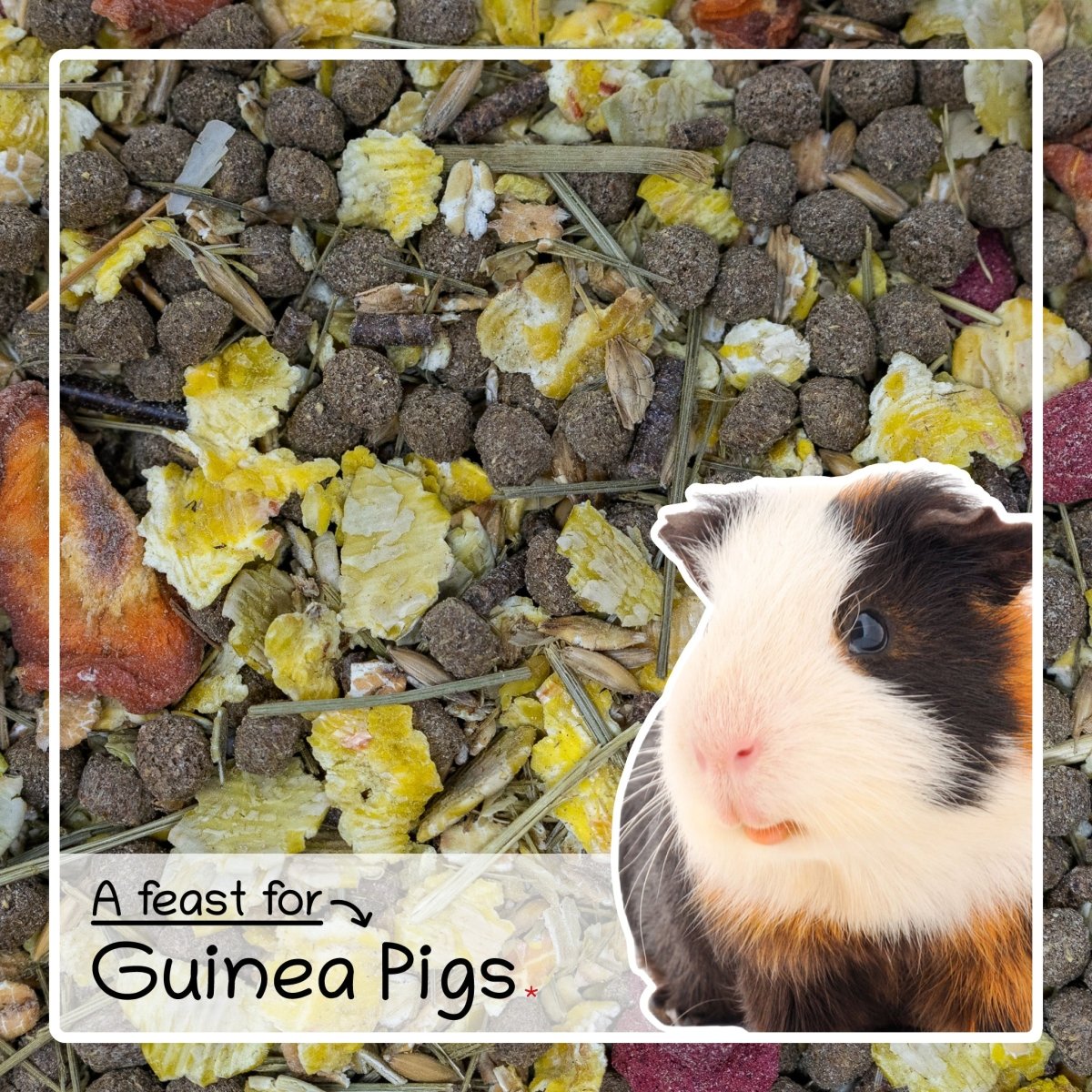
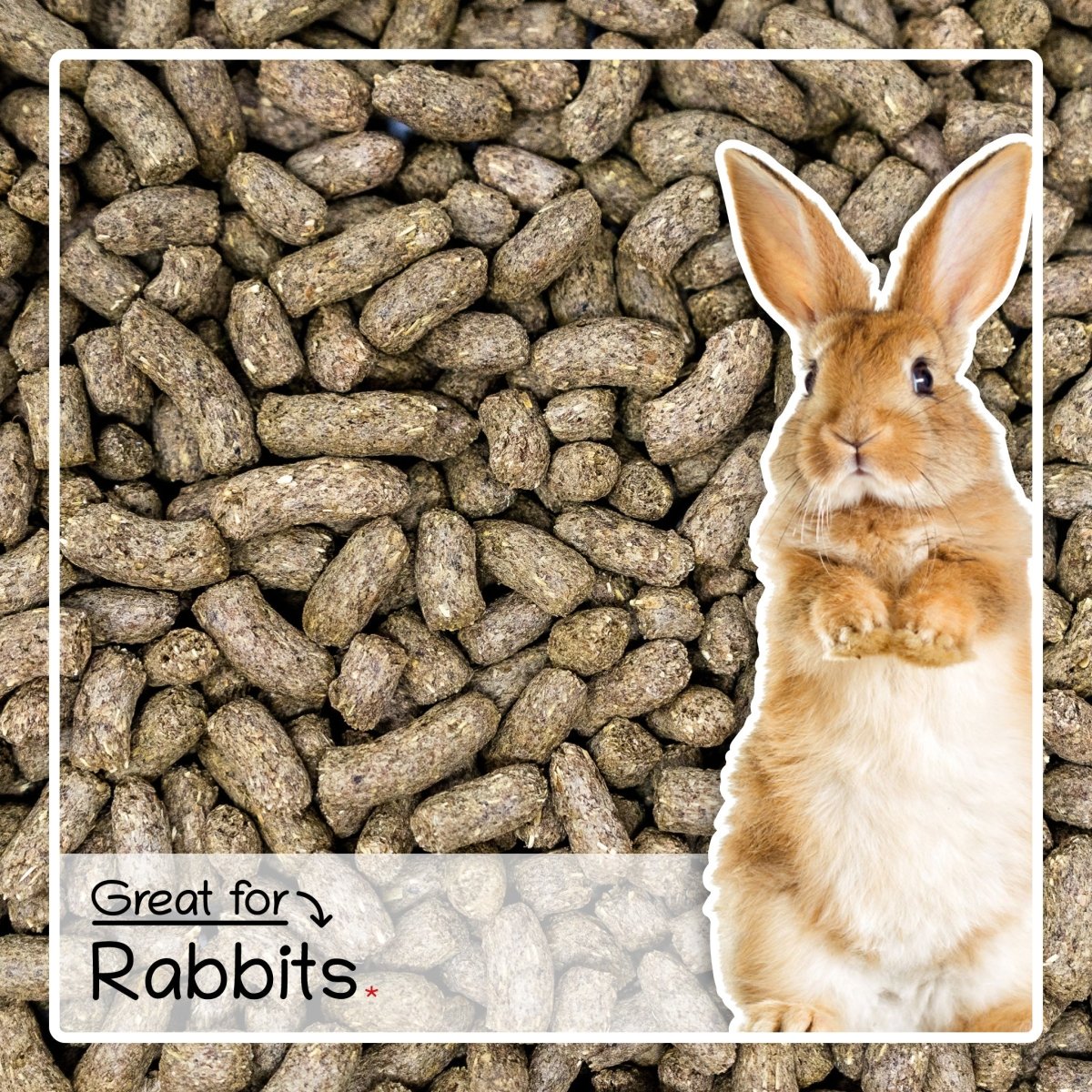
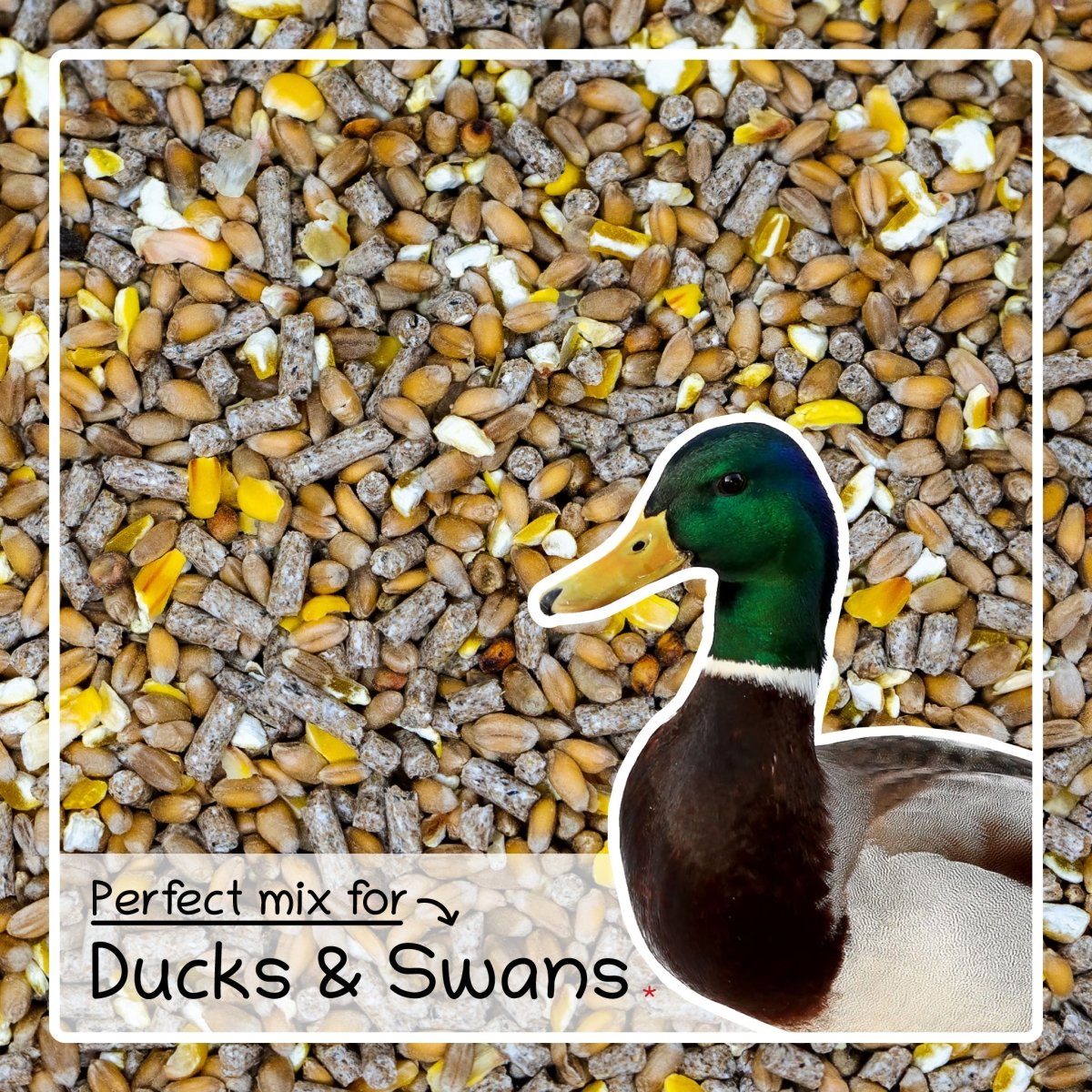
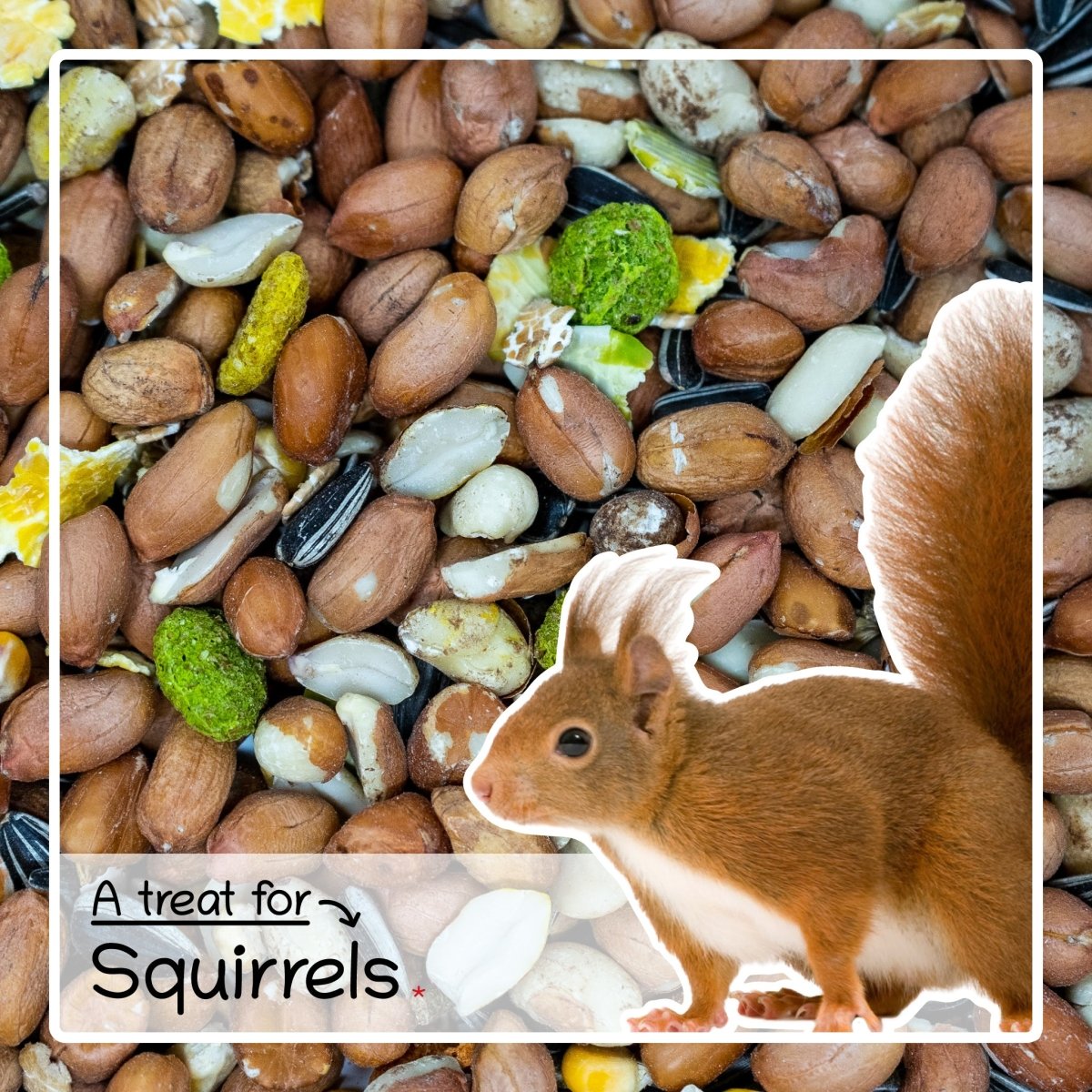


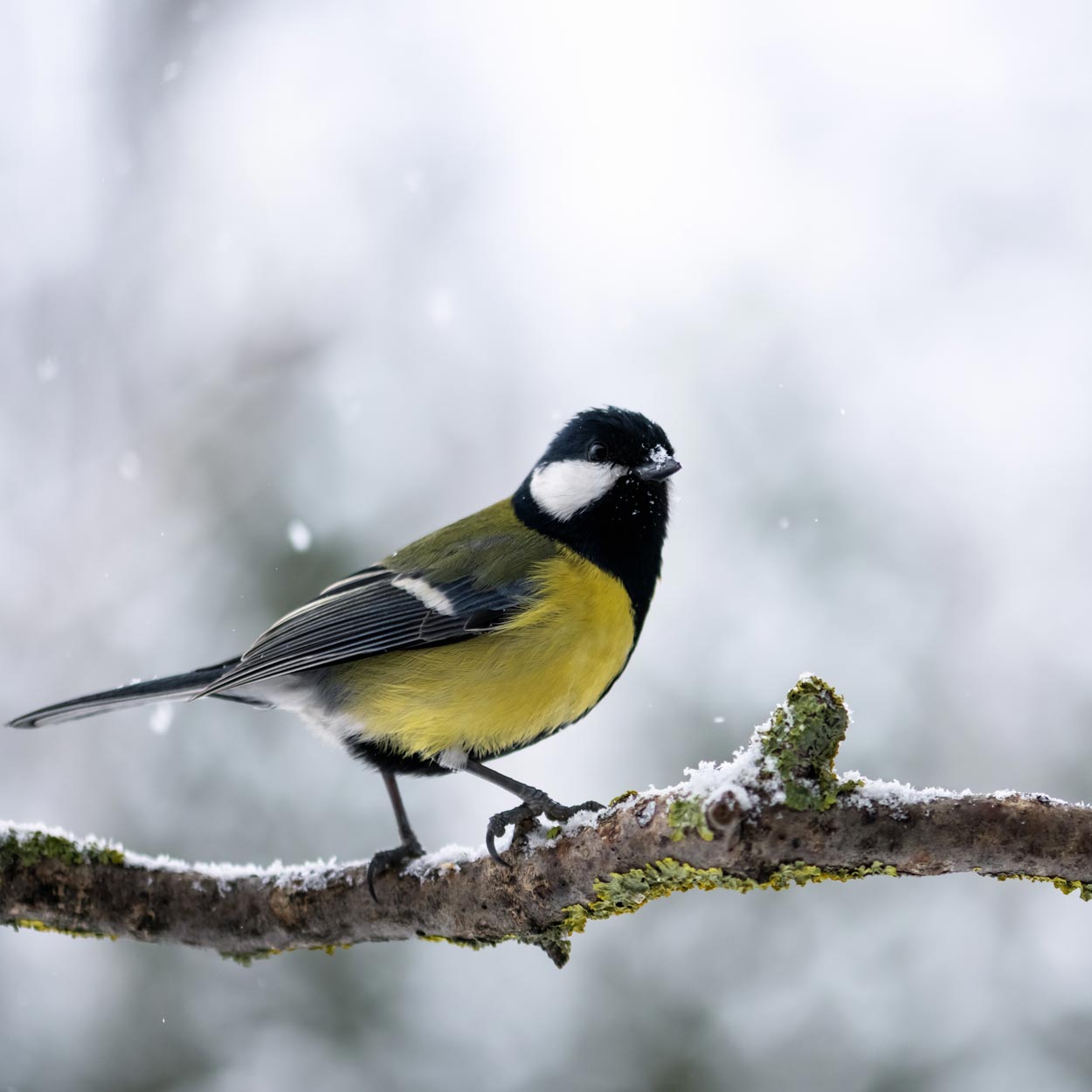
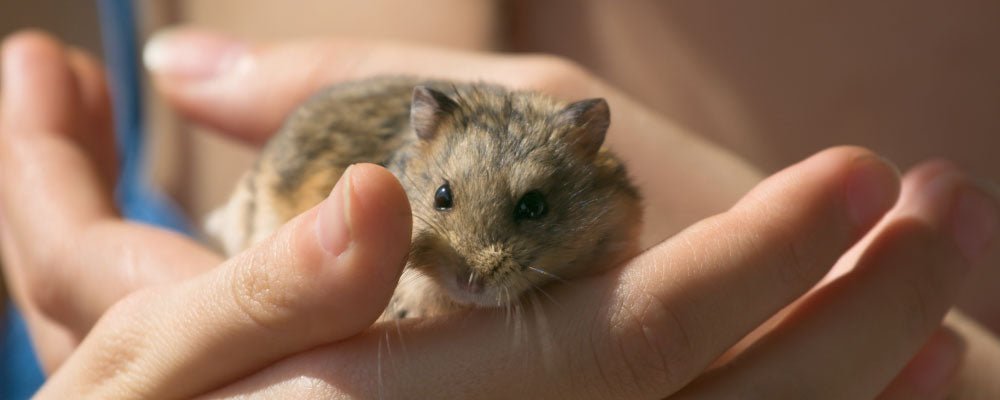
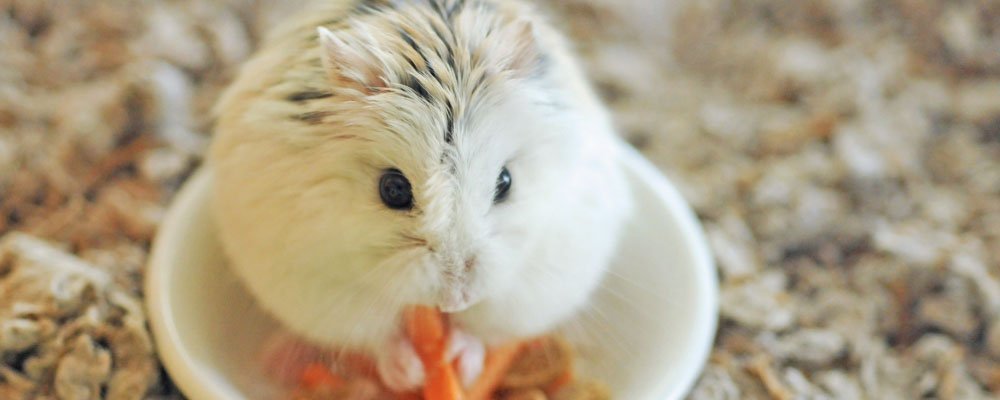
Leave a comment
This site is protected by hCaptcha and the hCaptcha Privacy Policy and Terms of Service apply.